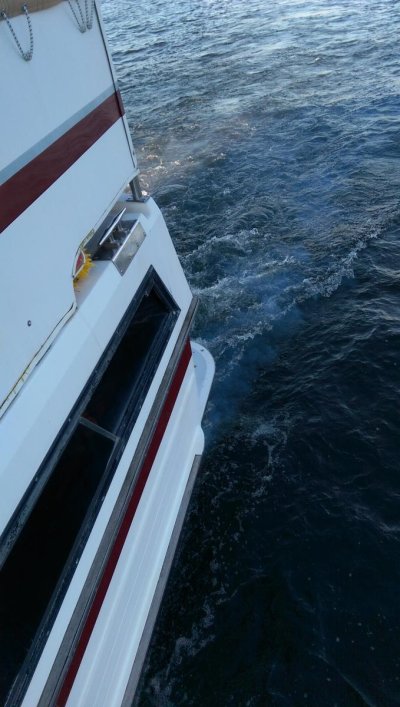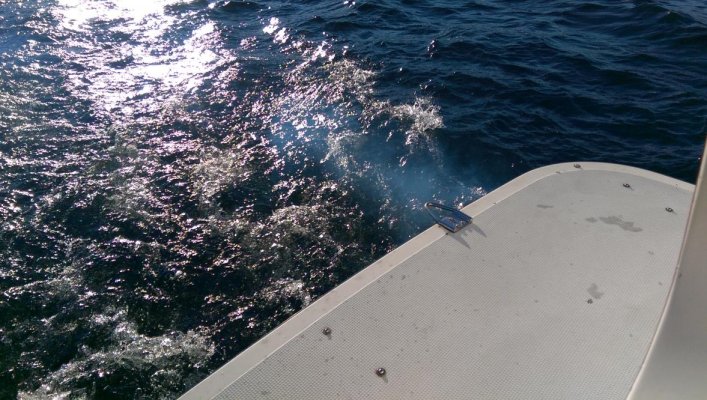tegdesign
Senior Member
So I've read the forums on Volvos. I accept they are smoky, especially at startup. Yesterday was a sunny beautiful day in Seattle so we headed out onto Lake Washington to take advantage. The boat is still new to us and I'm still coming to terms with all of the systems in the engine room.
After warming up for 15 minutes at the doc the exhaust had reduced down to what I've seen and come to expect of the engines at this point. But maybe it was because it was so crisp and sunny I noticed that there was always a discernible grey exhaust with a slight blue tinge, even after several hours of running between 1800-2000 rpm.
Is that to be expected?
Also, on our way home I thought I'd bring up the rpms to exercise the turbos. So far I've only cruised at 2300 rpm, but slowly nudged the throttles up to over 3000. The amount of visible exhaust increase hugely! It was a little alarming to me. So after only a minute or so I backed back down to 2000. I checked the engine and transmission temps in the engine room. Everything seemed happy down there.
After warming up for 15 minutes at the doc the exhaust had reduced down to what I've seen and come to expect of the engines at this point. But maybe it was because it was so crisp and sunny I noticed that there was always a discernible grey exhaust with a slight blue tinge, even after several hours of running between 1800-2000 rpm.
Is that to be expected?
Also, on our way home I thought I'd bring up the rpms to exercise the turbos. So far I've only cruised at 2300 rpm, but slowly nudged the throttles up to over 3000. The amount of visible exhaust increase hugely! It was a little alarming to me. So after only a minute or so I backed back down to 2000. I checked the engine and transmission temps in the engine room. Everything seemed happy down there.




